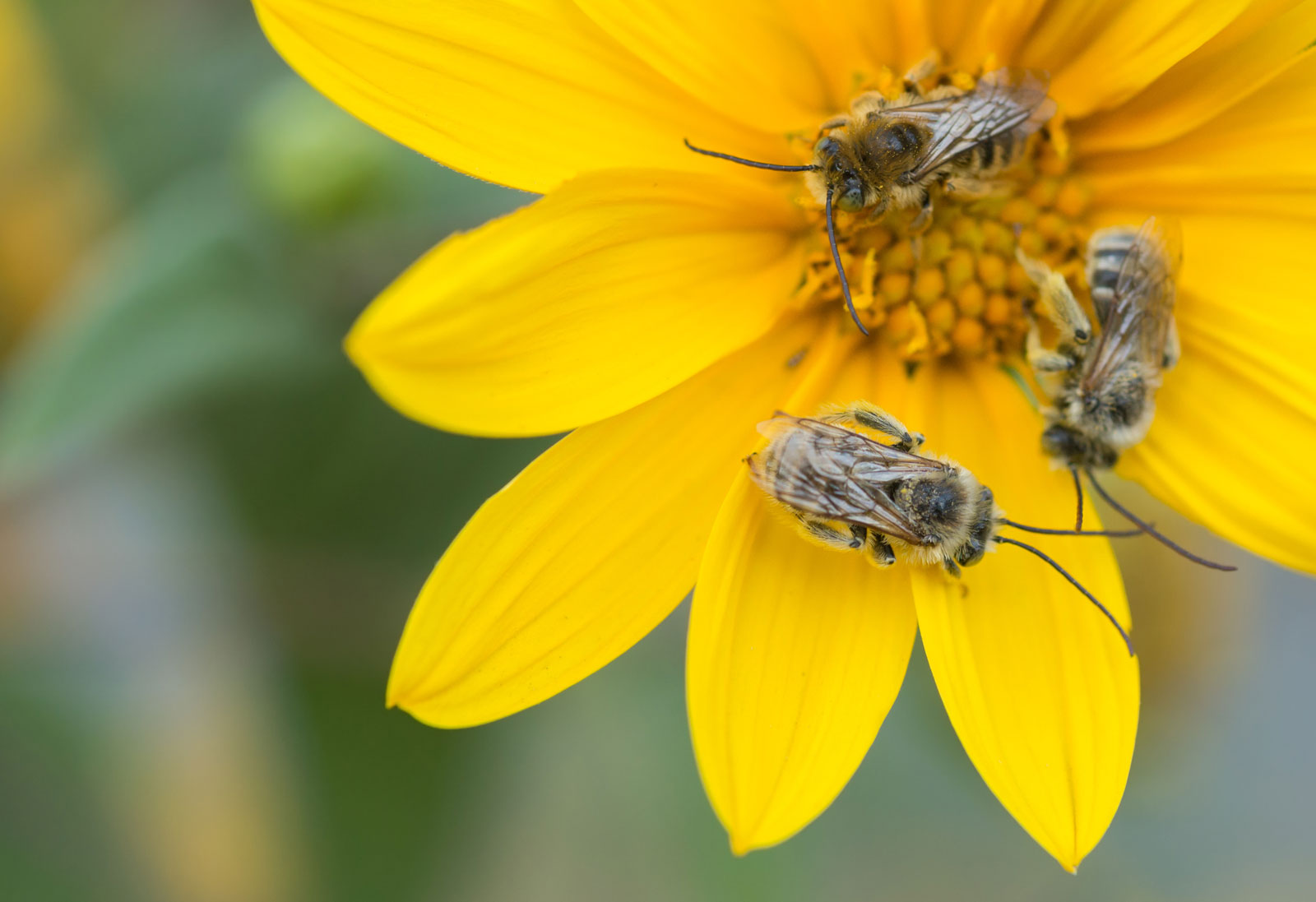
Creating and maintaining pollinator habitats is crucial for enhancing biodiversity and supporting healthy ecosystems. Pollinators play a vital role in plant reproduction, which supports a wide range of wildlife. Here’s how establishing pollinator habitats can boost biodiversity and benefit your land.
The Role of Pollinators in Biodiversity
1. Plant Reproduction
Pollinators such as bees, butterflies, moths, and birds are essential for the reproduction of many plants. They facilitate the transfer of pollen from one flower to another, leading to fertilization and the production of seeds and fruits. This process is critical for the propagation of numerous plant species.
2. Support for Wildlife
Plants that rely on pollinators for reproduction provide food and habitat for a variety of wildlife. Fruits, seeds, and nectar produced by these plants are essential resources for birds, mammals, and insects. By supporting plant reproduction, pollinators indirectly support the entire food web.
3. Genetic Diversity
Pollinators contribute to genetic diversity within plant populations by promoting cross-pollination. Genetic diversity is vital for plant resilience, allowing populations to adapt to changing environmental conditions and resist diseases and pests.
Benefits of Pollinator Habitats
1. Enhanced Plant Diversity
Pollinator habitats often include a variety of flowering plants that bloom at different times of the year. This diversity of plant species ensures that pollinators have a continuous source of food, and in turn, supports a wider range of plant species on your land.
2. Improved Ecosystem Health
Diverse plant communities supported by pollinator habitats contribute to overall ecosystem health. These communities provide habitat and resources for a wide range of organisms, from soil microbes to larger wildlife, creating a balanced and resilient ecosystem.
3. Boosted Agricultural Productivity
Pollinators are crucial for many agricultural crops. By creating pollinator habitats, you can enhance the productivity of nearby crops, leading to better yields and improved crop quality. This is particularly important for fruits, vegetables, and nuts that depend on pollination for production.
Creating Effective Pollinator Habitats
1. Choose Native Plants
Select a variety of native plants that are well-suited to your region’s climate and soil conditions. Native plants are more attractive to local pollinators and require less maintenance. Include a mix of plants that bloom at different times to provide a continuous food source throughout the growing season.
2. Provide Nesting Sites
In addition to food, pollinators need suitable nesting sites. Include features such as bare ground, dead wood, and leaf litter to support ground-nesting bees and other pollinators. Consider installing bee houses or leaving small patches of undisturbed soil.
3. Minimize Pesticide Use
Pesticides can be harmful to pollinators. Minimize their use by adopting integrated pest management practices. When necessary, choose pollinator-friendly pesticides and apply them during times when pollinators are less active, such as early morning or late evening.
4. Create Water Sources
Pollinators need water for drinking and cooling. Provide shallow water sources, such as birdbaths or small ponds, with gently sloping sides to allow pollinators easy access. Add rocks or floating materials to give them a place to land.
Long-Term Maintenance and Monitoring
1. Regular Monitoring
Regularly monitor your pollinator habitats to ensure they remain healthy and productive. Look for signs of pollinator activity, such as bees visiting flowers or butterflies feeding on nectar. Monitoring helps you assess the effectiveness of your habitat and make necessary adjustments.
2. Adaptive Management
Be prepared to adapt your management practices based on monitoring results. This may include adding new plant species, adjusting watering schedules, or enhancing nesting sites. Adaptive management ensures that your pollinator habitats continue to support biodiversity effectively.
3. Community Involvement
Engage your community in pollinator conservation efforts. Educating neighbors and local organizations about the importance of pollinators and how to create habitats can amplify your impact and foster a culture of conservation.
Pollinator habitats play a crucial role in enhancing biodiversity and supporting healthy ecosystems. By creating and maintaining these habitats, you can boost plant diversity, improve ecosystem health, and increase agricultural productivity. For more information on establishing pollinator habitats and high-quality native seeds, contact All Native Seed. We are here to help you support biodiversity and create thriving landscapes.
